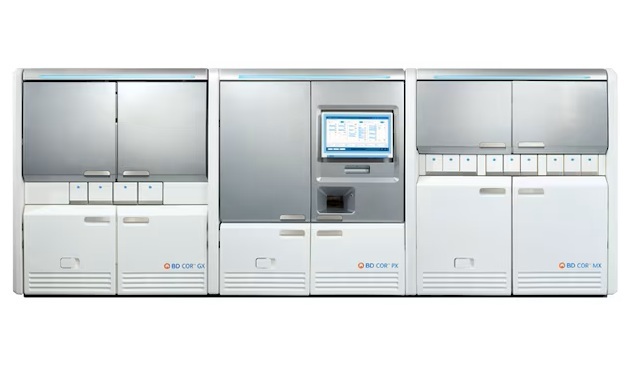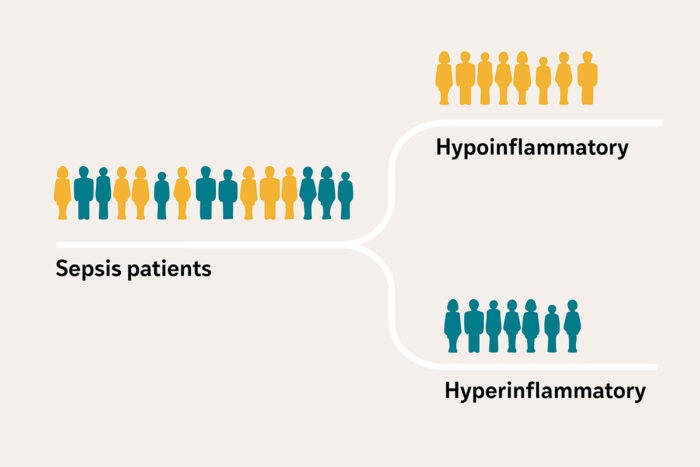Staphylococcal Pathogens Assessed in Periprosthetic Joint Infections
By LabMedica International staff writers
Posted on 04 Nov 2016
Periprosthetic joint infections (PJI) are the main complication of knee and hip prosthetic arthroplasty and between 1% and 3% of patients undergoing prosthesis implantation are affected by these infections.Posted on 04 Nov 2016
The characteristics of periprosthetic joint infection (PJI) due to Staphylococcus lugdunensis have been assessed and compared to the characteristics of PJI due to Staphylococcus aureus and Staphylococcus epidermidis. S. lugdunensis is a coagulase-negative staphylococci (CoNS) that is considered part of the normal flora of human skin, as are other CoNS species.
Medical microbiologists at the Hôpital J. Ducuing (Toulouse, France) conducted a retrospective and descriptive study from 2000 to 2014, including patients from three orthopedic centers in the same area. Eighty-eight consecutive cases of monomicrobial staphylococcal PJI were analyzed; 28 due to S. lugdunensis, 30 to S. aureus, and 30 S. epidermidis. The diagnosis of PJI was established in the presence of one major criterion or two minor criteria: the major criteria were at least two positive periprosthetic cultures with phenotypically identical organisms, or a sinus tract communicating with the joint; minor criteria were a C-reactive protein (CRP) value greater than 10 mg/L and a histological analysis of periprosthetic tissue confirming a septic process.
For each suspected site, hard and soft tissue specimens were collected in sterile glass vials and articular fluid was inoculated into blood culture bottles. After inoculation into culture media, these were observed daily for microbial growth. Bacteriological criteria for a positive diagnosis of infection were the following: at least one positive sample for S. aureus-positive cultures; at least two positive samples for S. epidermidis- and S. lugdunensis-positive cultures. In the case of a positive culture, identification was performed by the Vitek 2 automated technique or the API Staph manual technique.
Clinical symptoms were more often reported in the S. lugdunensis group, and the median delay between surgery and infection was shorter for the S. lugdunensis group than for the S. aureus and S. epidermidis groups. As regards antibiotic susceptibility, the S. lugdunensis strains were susceptible to antibiotics and 61% of the patients could be treated with levofloxacin + rifampicin. The outcome of the PJI was favorable for 89% of patients with S. lugdunensis, 83% with S. aureus, and 97% with S. epidermidis. Nine unfavorable outcomes were reported in the total population.
The authors concluded that S. lugdunensis is classified as a CoNS, but the clinical features of S. lugdunensis PJI, the early aspect of the infection, and the relapses observed are similar to those in S. aureus PJI. Regarding the microbiological diagnosis, the species of CoNS in PJI must be identified precisely and treatment adapted to the antibiotic susceptibility, even if only one deep sample is positive in culture. The study was published in the October 2016 issue of the International Journal of Infectious Diseases.
Related Links:
Hôpital J. Ducuing














